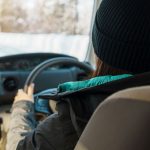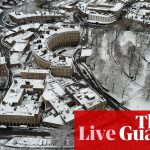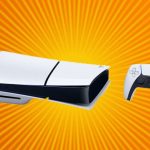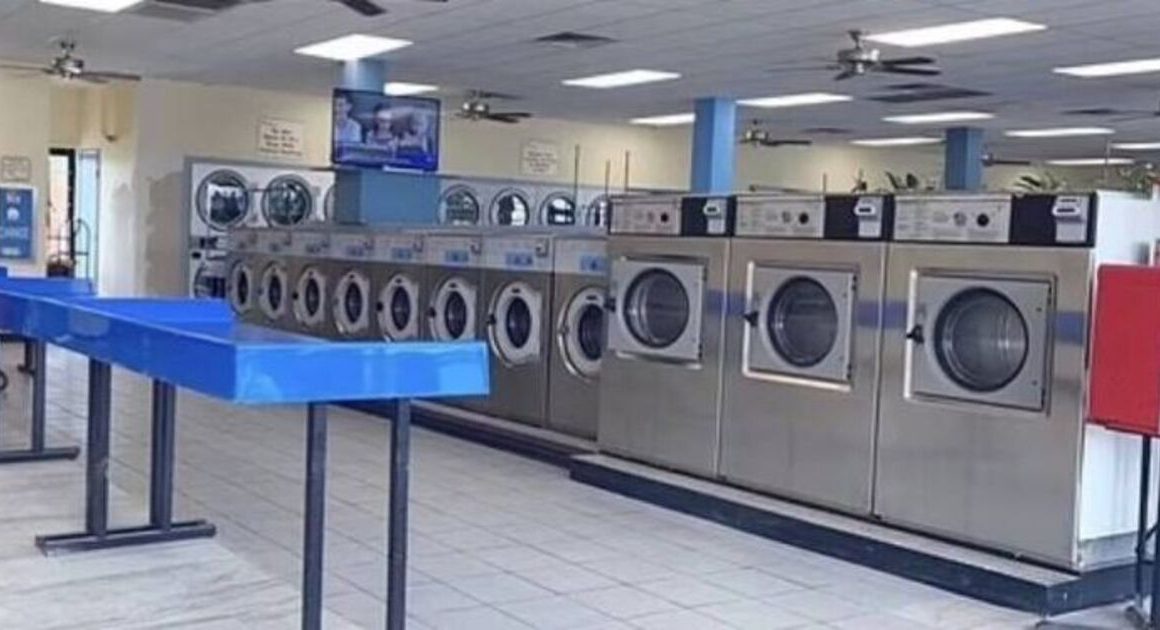After months of turmoil over its safety, Boeing’s new astronaut capsule departed the International Space Station on Friday without its crew and headed back to Earth.
NASA’s two test pilots stayed behind at the space station — their home until next year — as the Starliner capsule undocked 420 kilometres over China, springs gently pushing it away from the orbiting laboratory.
The return flight was expected to take six hours, with a nighttime touchdown in the New Mexico desert.
“She’s on her way home,” astronaut Suni Williams radioed after Starliner exited.
Thruster failures, helium leaks
Williams and Butch Wilmore should have flown Starliner back to Earth in June, a week after launching in it.
But thruster failures and helium leaks marred their ride to the space station. NASA ultimately decided it was too risky to return the duo on Starliner.
The fully automated capsule left with their empty seats and blue spacesuits along with some old station equipment.
SpaceX will bring the duo back in late February, stretching their original eight-day mission to more than eight months.
The Dragon capsule will launch on the half-year expedition with only two astronauts since two seats are reserved for Wilmore and Williams for the return leg.
Boeing’s Starliner spacecraft is finally returning to Earth without its two U.S. astronauts Suni Williams and Butch Wilmore. The mission was supposed to last eight days with the astronauts spending roughly seven days on the International Space Station. Their stay has now been extended to eight months due to issues with Starliner. Canadian astronaut Chris Hadfield joins Canada Tonight to discuss.
A journey filled with delays
Boeing’s first astronaut flight caps a journey filled with delays and setbacks.
After the space shuttles retired more than a decade ago, NASA hired Boeing and SpaceX for orbital taxi service.
Boeing ran into so many problems on its first test flight with no one aboard in 2019 that it had to repeat it.
The 2022 do-over uncovered even more flaws and the repair bill topped $1 billion US. SpaceX’s crew ferry flight later this month will be its 10th for NASA since 2020.

Even before the pair launched on June 5, Starliner’s propulsion system was leaking helium.
The leak was small and thought to be isolated, but four more cropped up after liftoff.
Then five thrusters failed.
Although four of the thrusters were recovered, it gave NASA pause as to whether more malfunctions might hamper the capsule’s descent from orbit.
Boeing conducted numerous thruster tests in space and on the ground over the summer, and was convinced its spacecraft could safely bring Wilmore and Williams home.
But NASA disagreed and opted for SpaceX.
A minute after separating from the space station, Starliner’s thrusters could be seen firing as the white, blue-trimmed capsule slowly backed away.
NASA Mission Control called it a “perfect” departure.
Engineers suspect the more the thrusters are fired, the hotter they become, causing protective seals to swell and obstruct the flow of propellant.
They won’t be able to examine any of the parts; the section holding the thrusters will be ditched just before reentry.
NASA says astronauts Barry Wilmore and Sunita Williams may not be able to return from space until 2025 after a number of issues were detected on the Boeing Starliner capsule. Andrew Chang explains why getting them home is becoming increasingly complicated.







